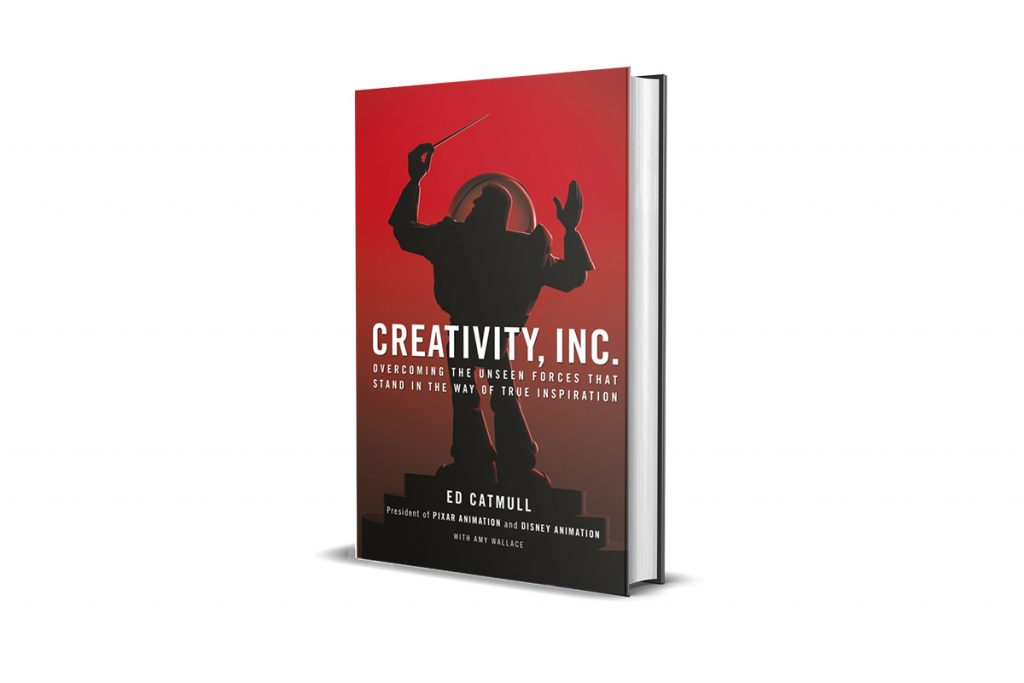


The need to keep engineering sprints full of work is a constant pressure on product managers and designers. The beast has an insatiable appetiteĪs the Head of User Experience at BenchSci, I work on the Product team, which does user research and design to create products and features for our scientist users.įor our Product team, one of the hungry beasts we need to feed is the capacity of engineering teams that build our designs. Below are some things that can tip the balance too far towards production, and some ways to rebalance towards ideation. But every company struggles with balancing production and ideation-what Ed Catmull calls the "hungry beast" and the "ugly babies."īenchSci is no different in having to balance babies and the beast. Granted, not every company lives or dies by its creative output to the extent of an animation studio such as Pixar or Disney Animation. The book dives into how Catmull and his colleagues founded and fostered the creative culture at Pixar and eventually brought it over to Disney Animation to end the studio's long hiatus from producing smash hits. is one of the best books about fostering creativity in organizations. With that grew a culture that was overly focused on releasing movies, ultimately leading to a slew of unoriginal, unmemorable movies like The Lion King sequels.Ĭreativity, Inc. As the company grew, its need for more product in the pipeline expanded. author Ed Catmull writes about his time working with Disney Animation in the late 80s and early 90s, as the company was growing from the success of movies like The Little Mermaid, Aladdin, and The Lion King. It’s almost too easy to forget that this blockbuster had two sequels: The Lion King II: Simba’s Pride and The Lion King 1½. Twenty seven years later, the emotional storyline, soundtrack, and memorable characters have all made it a pleasurable movie to rewatch.

In 1994, Disney's The Lion King came out and, as with many millenials, it became an instant favorite for me.


 0 kommentar(er)
0 kommentar(er)
